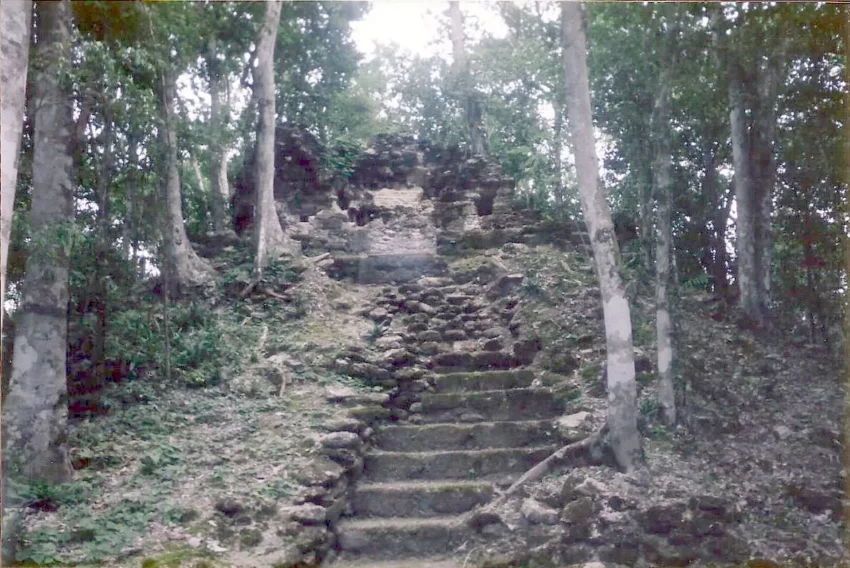Unveiling the Maya World: A Journey to Nakbe
Nakbe, a towering Maya city in Guatemala, offers a window into the civilization’s early days. Located in the Mirador Basin, it thrived from 1400 BC to 200 AD, mirroring the rise and fall of its neighbor, El Mirador.
Get your dose of History via Email
Discovery and Early Digs
Nakbe first appeared in 1930 on aerial photographs. But it wasn’t until 1962 that archaeologist Ian Graham led the first excavations. The site gained recognition in the 1980s and 90s thanks to a joint project by UCLA and Guatemalan institutions. This collaboration, led by Dr. Richard Hansen, focused on Nakbe’s nearby limestone quarries.
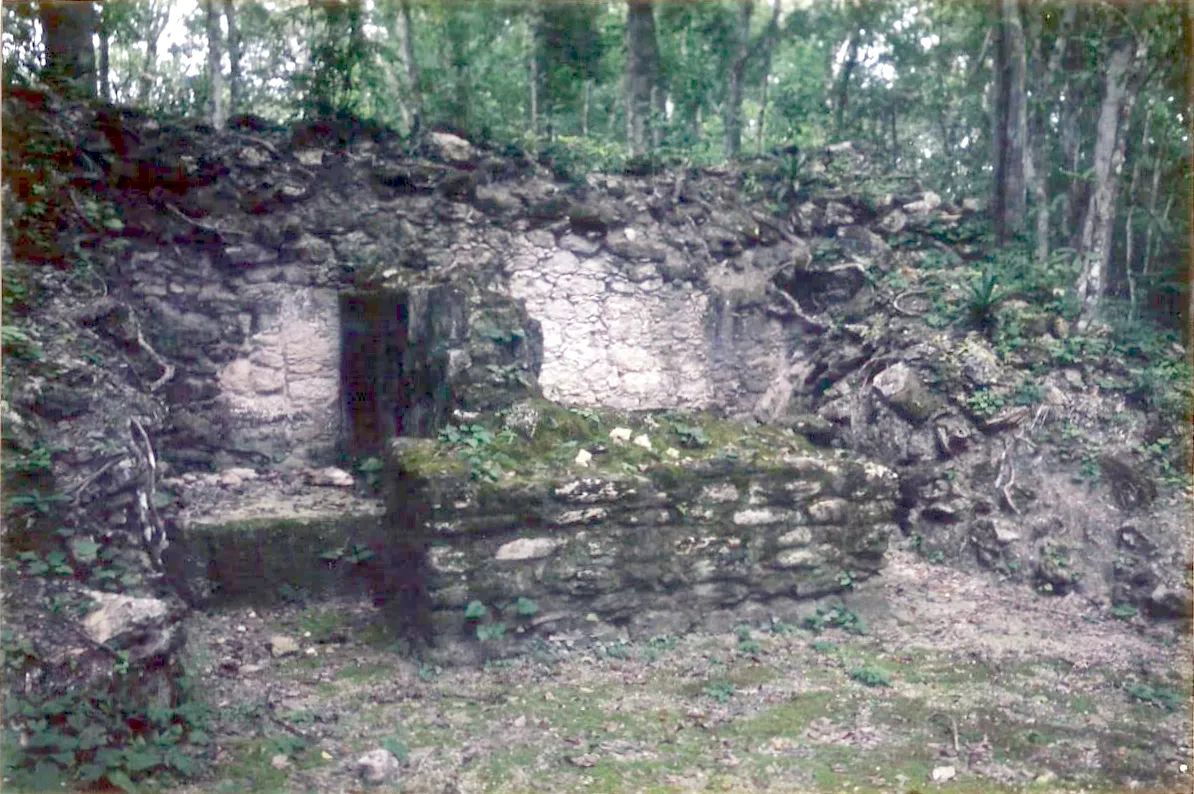
The All-Important Limestone
Nakbe’s vast limestone quarries were essential for building its grand temples. The RAINPEG Project unearthed tools like bifacial axes (chipped stone tools with two edges) and chert hammerstones used to extract and shape the limestone. By recreating these tools, archaeologists gained insights into the Maya’s construction methods.
A Treasure Trove of Artifacts
Nakbe has yielded a wealth of artifacts, especially from the middle Preclassic period. These include beautiful red-on-cream ceramics, colorful bowls, and even Strombus shells (marine shells used for ornaments), hinting at early trade routes. These artifacts, alongside jade and obsidian, reveal the rise of complex societies and social hierarchies.
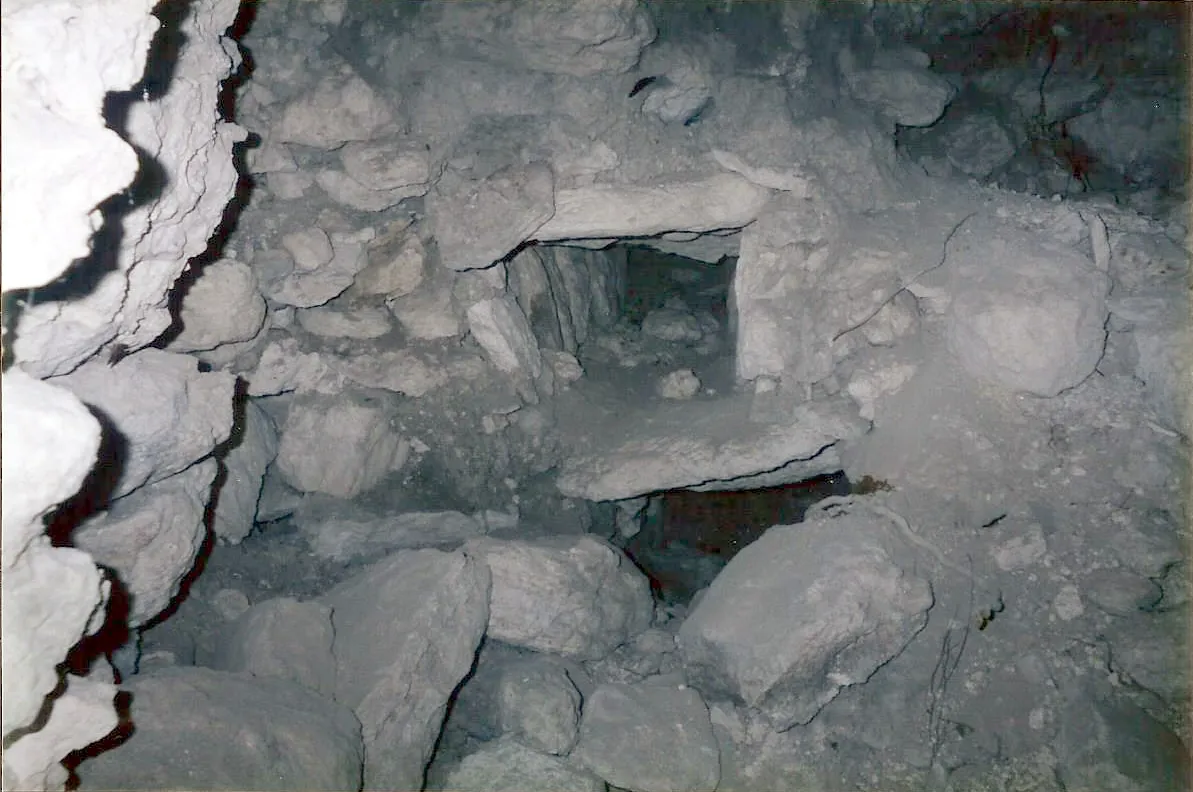
Architectural Wonders
Nakbe boasts a breathtaking architectural landscape dating back to the 8th century BC. The site features massive platforms, towering pyramids, and long causeways. Structure 1, the most impressive pyramid, is adorned with stucco masks and unique roof structures. The planned layout and synchronized construction of these buildings highlight the remarkable planning of the Maya architects.
Connected by Causeway
Nakbe’s causeway system wasn’t just for internal traffic. These “sacbeob” (white ways) linked Nakbe to other major cities like El Mirador and even the distant Calakmul in the Late Classic period. This network facilitated movement and interaction between different Maya centers, showcasing the interconnectedness of their civilization.
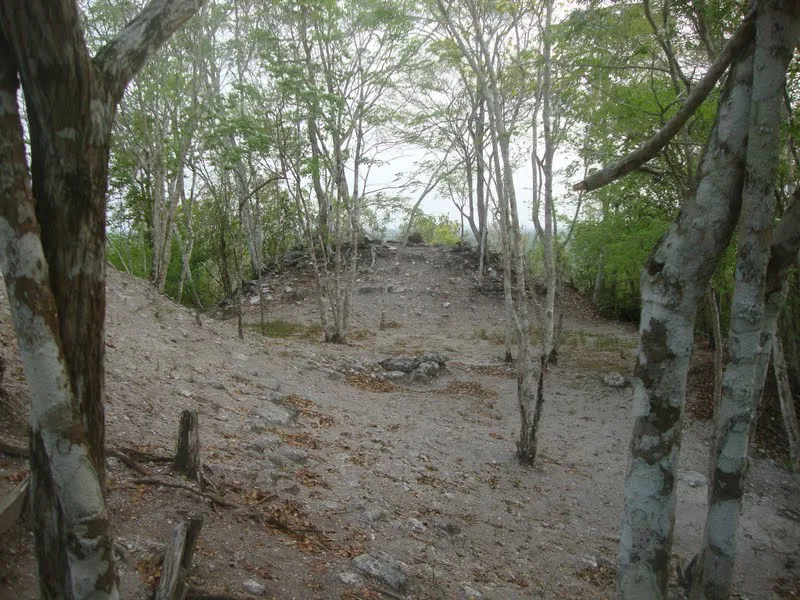
Cracking the Construction Code
Studying Nakbe’s quarries has been instrumental in understanding Maya construction techniques. Replicating the tools and analyzing wear patterns has shed light on how they extracted and shaped massive limestone blocks. This research reveals the ingenuity and resourcefulness of the Maya in overcoming architectural challenges.
A Glimpse into the Maya Beliefs
Nakbe’s religious significance is evident in Stela 1. This monument depicts a scene interpreted as a story from the Popol Vuh, a sacred Maya text. The imagery of supernatural twins and a connection to royalty offers a glimpse into the early Maya belief systems and social structures.
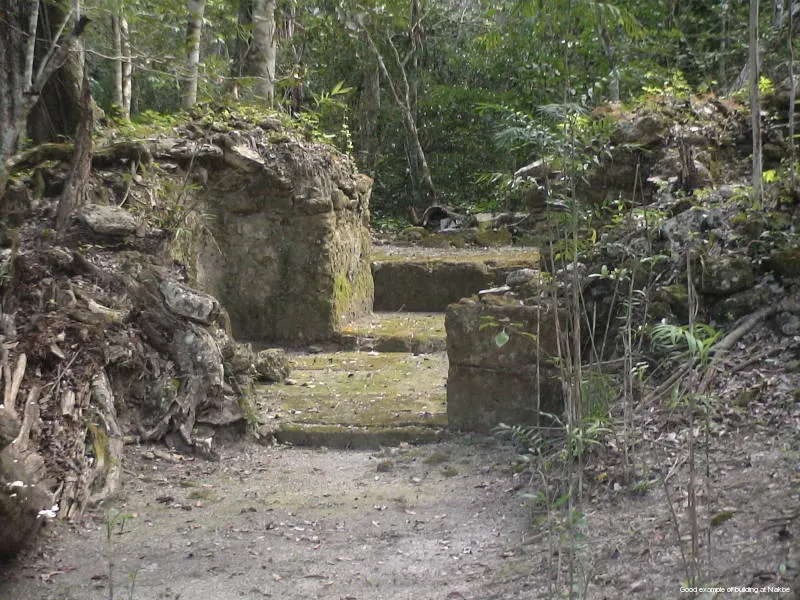
The Decline of a Maya Giant
Despite its early prominence, Nakbe’s importance faded by the late Preclassic period, overshadowed by the rise of El Mirador. The city remained largely abandoned for a millennium, with a brief revival during the Late Classic period. While no new monuments were built, the presence of Classic ceramics suggests Nakbe retained some significance within the Maya world.
A Legacy in Stone
Nakbe’s archaeological importance lies in its long history, from its establishment to its decline. The site’s vast quarries, monumental architecture, and rich collection of artifacts provide invaluable insights into the early Maya civilization. Through ongoing research, Nakbe continues to reveal the complexities and achievements of this ancient Mesoamerican culture.
Sources


